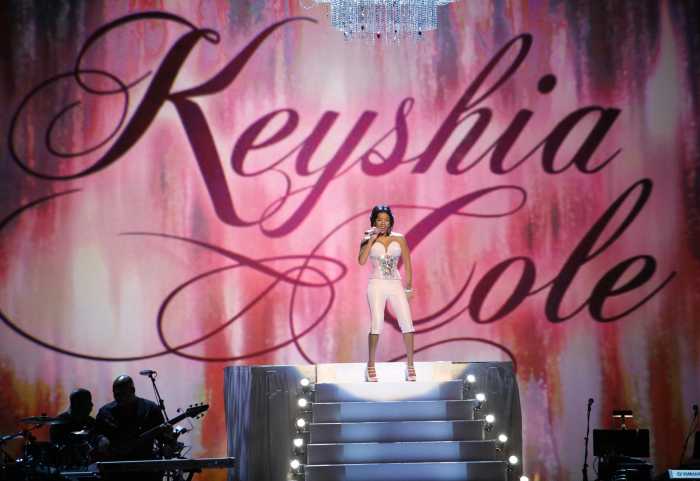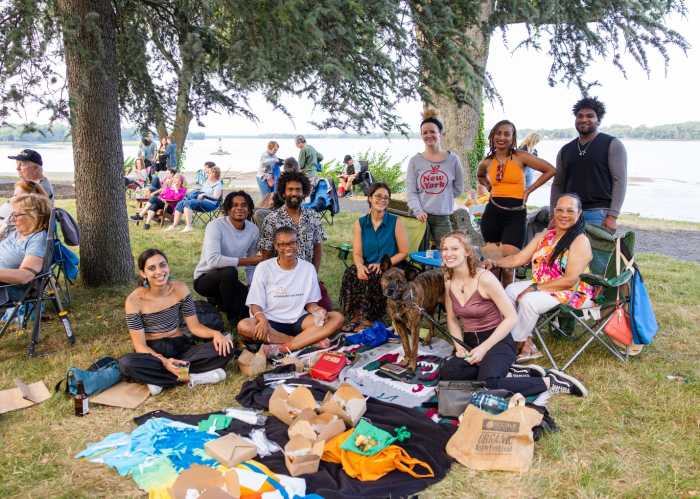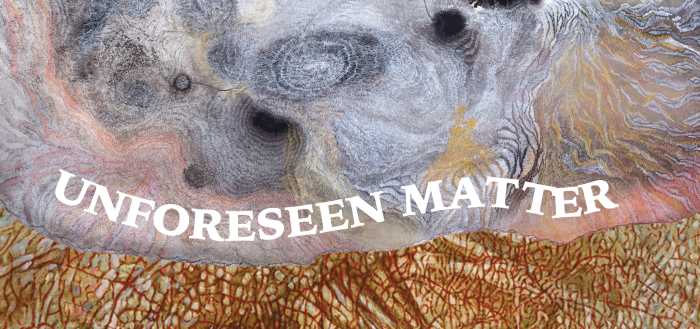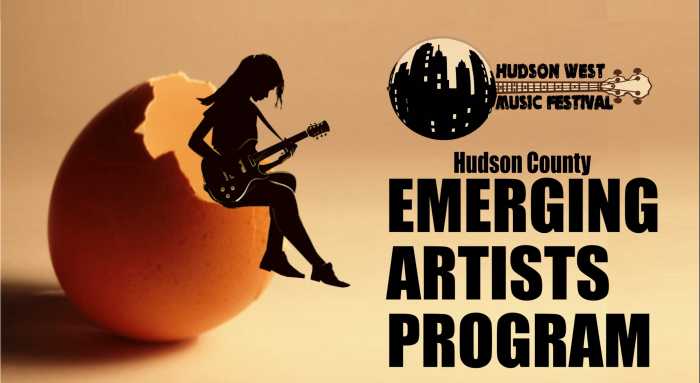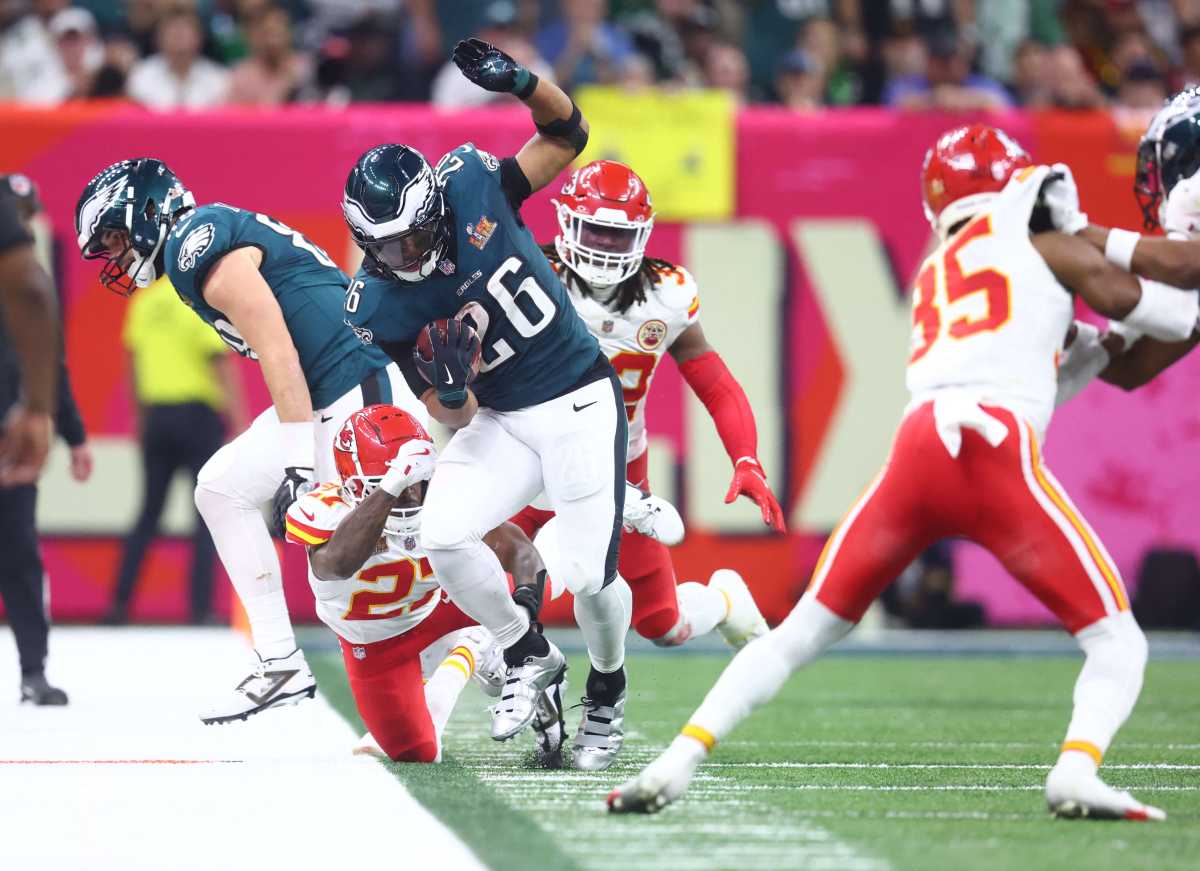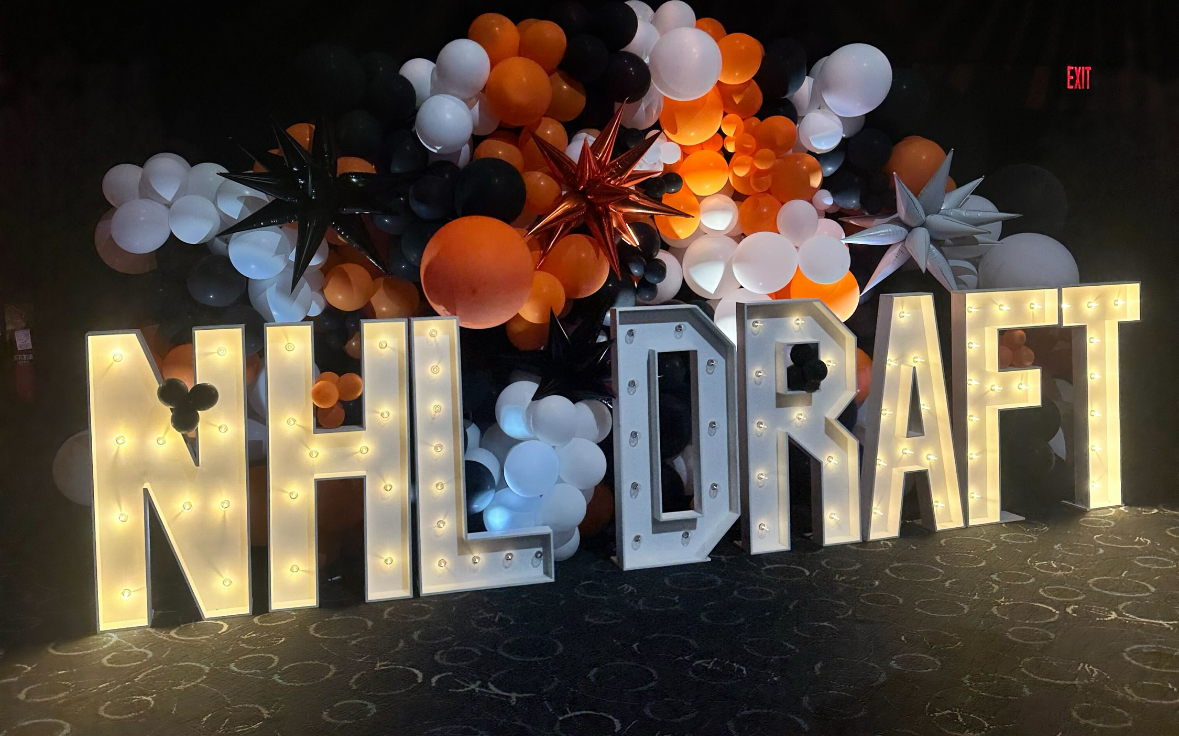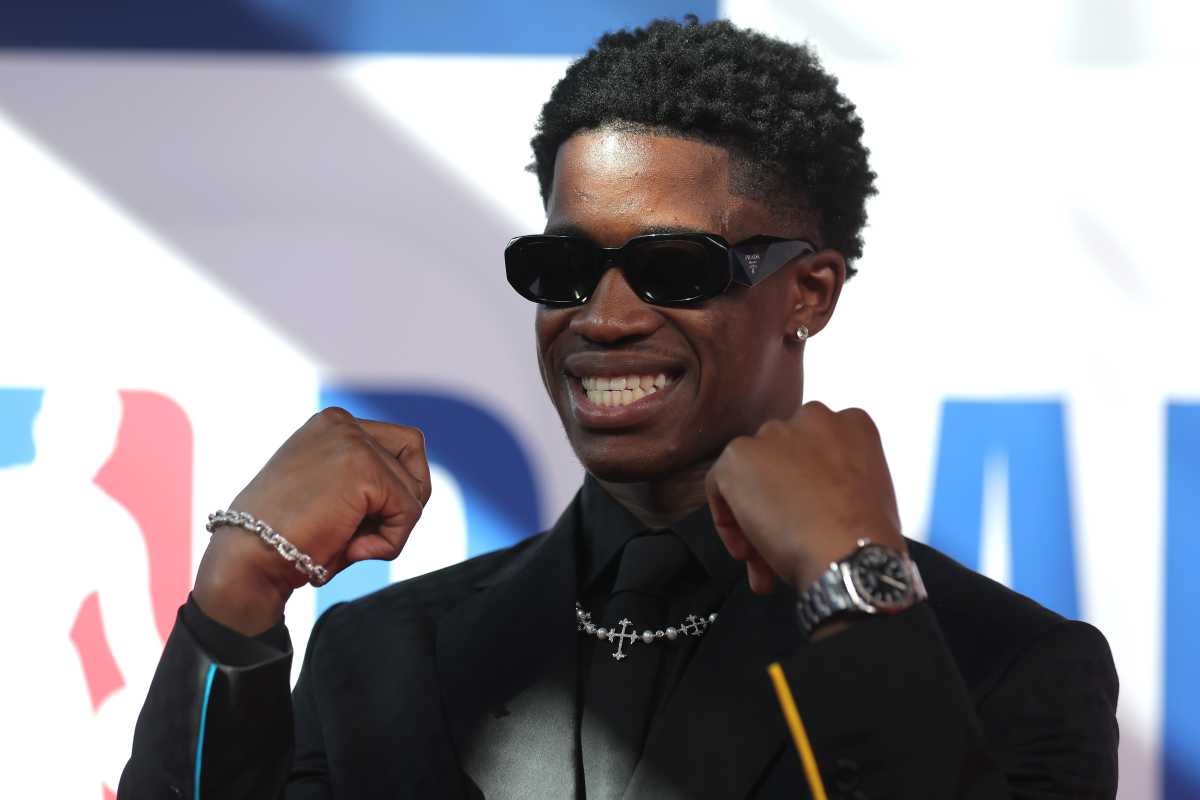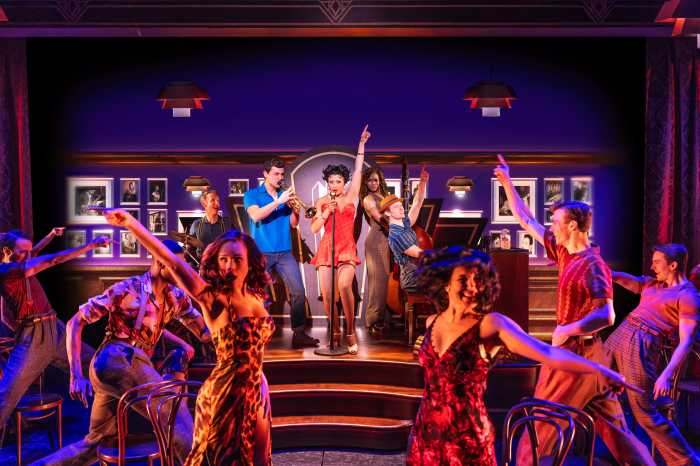How can sound—real, unreal and implied—impact and inform our experiences? That is the principal question that Arch Street’s Fabric Workshop and Museum asks of its viewers (and listeners) with its newest exhibition, ‘Sonic Presence (or Absence): Sound in Contemporary Art’.
That’s also what curator/exhibition designer Alexander Unkovic asked of 22 artists—including Philadelphians such as the late Moe Brooker—when approaching the topic of sound and how it’s implied tone is dependent on our imaginations, memories, and projections.
Unkovic spoke to Metro about the seen, unseen but always-heard elements of ‘Sonic Presence (or Absence): Sound in Contemporary Art.’
As an exhibition designer, what do you require to capture a public’s imagination, both in the specific sense (“sound” aficionados) and a broader audience?
There are no hard rules for what is required of a work or exhibition to be successful because artists continuously surprise us with their ideas. Many of the works on view in ‘Sonic Presence’ span a diverse set of media—sculpture, video, textiles, vinyl records, drawings—but all engage with sonic elements uniquely. These 22 artists, through the works on view, offer expansive ways to consider the sounds, actions, and moments of quiet in our world.
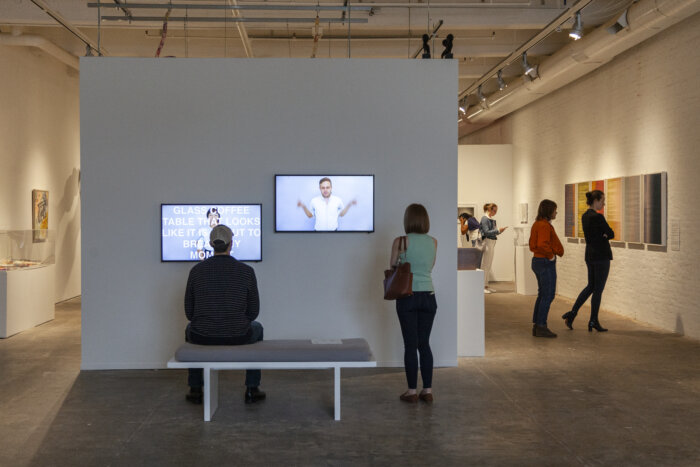
What was the genesis of ‘Sonic Presence’ — your initial reason for exploration? How did you recognize work in artists who you knew would fit the bill?
The Fabric Workshop is a materials-based institution, collaborating with artists-in-residence to explore new mediums, scales, and ways of working that result in a new work of art or a shift in the artist’s practice. Because sound isn’t visible, it might not initially register as a concept that artists have regularly explored at the Museum, but in looking at the collection, I realized there was a decades-long history of artists translating and experimenting with sound across all media.
There are also works in our collection where sound wasn’t the primary conceptual idea for the artist, but pieces viscerally evoke certain sounds or audible experiences. Now, visitors experience artworks that directly represent sound, use sound and musical iconography as a symbol for cultural and societal concerns, or explore how we communicate.
What does it mean to explore a thing imagined or implied when it comes to the properties of sound and its aesthetics? I’m looking at Glenn Ligon’s “Skin Tight (Thuglife II)” which portrays punching bags with Ice Cube’s face on it, as I ask.
Despite being a show about sound in contemporary art, the majority of the works on view don’t emit audible noise. Instead, the show includes works that resonate with the ideas, traces, or remnants of actions or performance, or respond to noise if activated.
Just as we each draw upon our lived experience and memories to interpret and navigate the world, ‘Sonic Presence’ asks visitors to bring their imaginations and engage with the artworks in ways that push beyond visual sensations. Glenn Ligon’s installation “Skin Tight” features eight punching bags that are adorned with the images like the direct gaze of rapper Ice Cube and texts from Muhammad Ali. Though purely visual, this is a work you can almost hear—it calls upon us to consider the physicality of a punching bag’s activation as well as the connection between Black masculinity, fitness, sport, politics, and pop music.
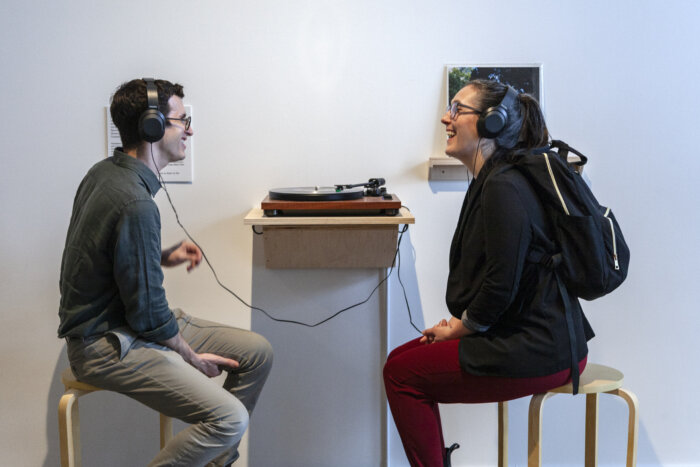
What can you tell me about choosing or working with Philadelphia artists on this project and what you wanted from them — such as Moe Brooker and Terry Adkins?
Philadelphia’s cultural and artistic scene has made The Fabric Workshop and Museum what it is, and FWM has a legacy of collaborating with Philadelphian artists since its founding. Artists in ‘Sonic Presence’ such as Moe Brooker and Terry Adkins were massively influential in the Philadelphia artistic community and, as they respectively taught at PAFA/Moore College and UPenn, helped shape the next generation of cultural producers. The work of Philadelphian artist Raúl Romero, ‘Music for Plants by Plants,’ for example, explores the concepts of communication and music, and incorporates recordings made at nearby Bartram’s Garden that visitors can listen to on a vinyl record. It’s exciting to include a work by a local talent that was inspired by the artist’s time at another Philadelphia institution.
How do you define the overall visual vibe of ‘Sonic Presence (or Absence)’?
‘Sonic Presence’ is a multi-sensory experience that invites exploration. It includes works that are vibrant and full of color or quiet and minimal, some that are interactive, and others that are responsive to the sounds you make. The show is open-ended for visitors to bring their own ideas and curiosity. Hopefully, they’ll find some surprises and delights.




